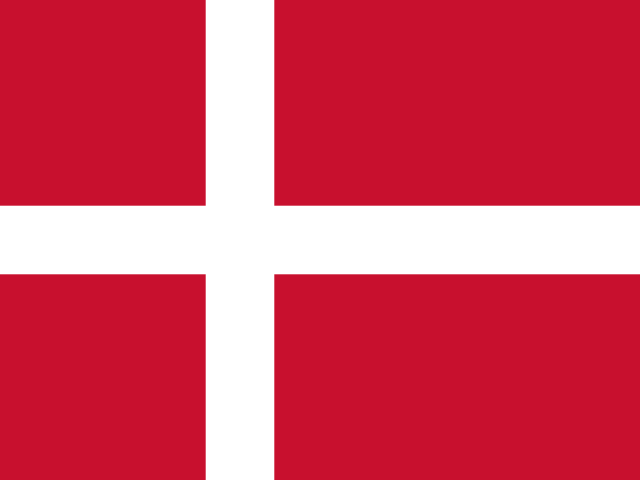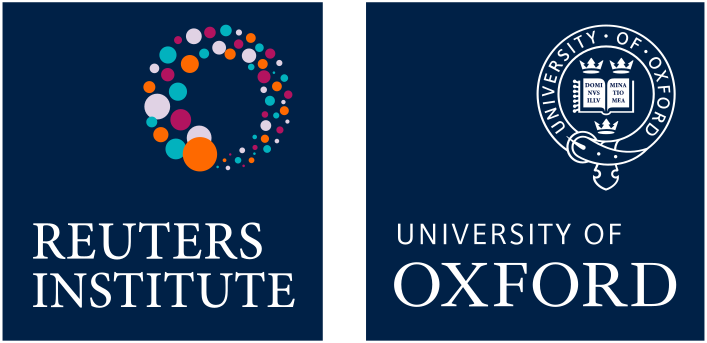
Denmark
The Danish media market has two strong public broadcasters (DR and TV2) and several successful commercial brands, which receive an annual public subsidy. Commercial news organisations are facing falls in print subscriptions and advertising revenue along with the loss of online traffic from social media, and fears about the impact of AI-driven search engines. Company responses involve cost-cutting, redundancies, and subscription price increases.
The year 2024 witnessed a major cross-Nordic merger, as Norwegian local media group Amedia, among other suitors including the local Danish conglomerate JFM, acquired the Berlingske news conglomerate (Berlingske, BT, Weekendavisen) from Belgian media group DPD Media. Among other strategic benefits, the merger aims at strengthening Berlingske’s digital transformation. The acquisition accentuates the move towards cross-Nordic collaboration and consolidation, with the Swedish Bonnier group owning 51% of Danish financial newspaper Børsen, and Danish Alrow Media publishing Danish, Swedish, and Norwegian editions of Altinget.
The JP/Politiken newspaper group, which owns Politiken, Ekstra Bladet, and Jyllands-Posten, is recovering from turmoil within the board, after public scandals about exorbitant board fees and governance malpractice. As a result, the chair of the Jyllands-Posten Foundation, who had chaired the foundation since 2014, had to resign after intense criticism.
Denmark has several successful digital-born news organisations that continue to see growth in subscriptions, often from younger people. The best known, Zetland, forecasts 40% profit growth in 20251 and has launched a sister edition Uusi Juttu in Finland, while Føljeton, which provides a daily summary alongside irreverent news analysis, and Frihedsbrevet, which guards its independence by refusing to receive the state subsidy, have seen subscriptions rise considerably.
Reflecting harsh competition in a saturated podcast market heavily dominated by DR, Ekstra Bladet and TV2 have closed their daily news podcasts. However, ambitions for developing the podcast market remain high among publishers, although willingness to pay may prove an obstacle.
The general state subsidies, totaling €43m per year, are awarded to ‘publicistic media’, i.e. commercial companies meeting a 50% threshold of news covering politics, society, and culture. Smaller subsidiary funds aim to support innovation initiatives (€5m, going mostly to digital news start-ups like Zetland and Altinget) and struggling free local weeklies (€7m per year).
An overhaul of the system of state subsidies has been entrusted to a government committee with representatives of key stakeholders (chaired by Rasmus Kleis Nielsen). The committee’s remit requires it to make subsidies more platform neutral and to continue past efforts to reverse the trend of increasing numbers of local news deserts.
Familiar fault lines in the debate about public service media came to the fore in February 2025 when DR aired a documentary about Denmark’s role as a colonial power in Greenland, with controversial claims about gigantic Danish profits from cryolite mining over a 150-year period. While vindicating anticolonial voices among Greenlanders, in Denmark widespread condemnation was led by right-wing politicians, flouting the arm’s length principle by (successfully) demanding removal of the documentary from the DR TV streaming service and firing of the DR editors in charge. In April 2025 a new Director-General of DR was appointed. Bjarne Corydon was CEO and editor-in-chief of the Børsen financial newspaper for seven years and previously the Minister of Finance in Helle Thorning Schmidt’s social-democratic government.
Newspapers are responding to decreasing traffic from social media with more differentiated pay models, including bundling packages. Politiken and Berlingske, respectively, offer readers access to the New York Times and Wall Street Journal.
Newspapers increasingly rely on the national Ritzau wire service to provide the general news which audiences can get from free news services, allowing them to concentrate their own journalistic resources on exclusive content. Both public broadcasters and private media are phasing in obligatory login schemes to collect their own data about users. Text-based advertising is losing ground to video advertising on social media and commercial TV channels. The cross-platform streaming market, which is the primary way Danes watch audio-visual content, is dominated (daily usage) by YouTube (21 minutes), TV2 Play (20 minutes), and DR TV (17 minutes), with Netflix in fourth place (12 minutes).
Danish news organisations are all investing heavily in generative AI tools and gradually implementing them in daily news operations, including assisting journalists with interview transcription, news text and headline generation, summarising news content, and replacing human proofreaders.
Unlike other countries, where news organisations are individually seeking deals with tech and AI platforms, Danish publishers are continuing their collective efforts to combat big tech’s unsanctioned use of news organisations’ copyrighted content and data archives for AI-model training purposes. After deadlocked talks with Meta, Google, and Open AI, a state-mandated conciliation procedure is being opened with these platforms, possibly as a precursor to entering legal proceedings.
Kim Christian Schrøder, Mark Blach-Ørsten, and Mads Kæmsgaard Eberholst
Roskilde University, Denmark
Changing media
Consumption of traditional media such as television news and print continues to fall over time, with online consumption not making up the gap. Facebook remains the most important social network for news (27%), though usage is down again (-5pp) this year.
Pay for online news
19%
Trust in news overall
56%
(-1)
4/48
Trust in news media remains steady at a relatively high level by international standards. At the brand level, the largest and most trusted brands covered by our survey remain public broadcasters DR and TV2, with digital-born brands Zetland and Altinget registering the largest (5pp) growth in its trust. Tabloid newspapers are widely used but tend to be less trusted.

